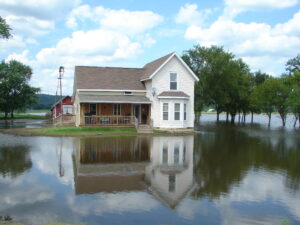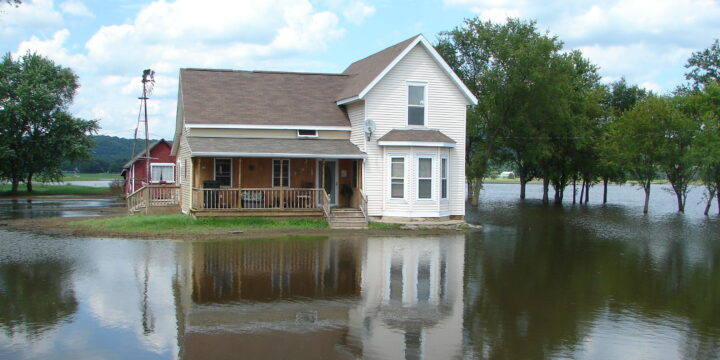It’s summer in Wisconsin and with boating, beachgoing and fishing a lot of attention is being given to surface water, which is a true treasure in this state. Another treasure isn’t visible but is just as valuable—groundwater. Wisconsin has an estimated 1.2 quadrillion gallons of groundwater, from which two-thirds of the state’s 5.6 million residents draw drinking water. The University of Wisconsin Water Resources Institute (WRI) is funding two new groundwater-focused projects. The two-year projects got underway July 1.
Both projects are based at the University of Wisconsin-Madison. The Department of Geoscience’s Professor Michael Cardiff is leading the first. It will document rural perspectives (attitudes, perception and values) related to groundwater issues, and the variability of these perspectives within the state. This project will implement the “Wisconsin’s Waters Survey”—a community-sourced public survey to be delivered to a range of rural communities.
As Cardiff noted in the project proposal, rural land covers most of the state, overlies the majority of groundwater and “the range of issues that may be important to the rural public is vast, from quality concerns such as nitrate and microbial contamination, to quantity concerns that include agricultural irrigation needs and impacts of groundwater to springs and streamflows.” Despite those factors, he said, there have been few efforts to document rural perspectives.
The second project will examine the causes of groundwater flooding, which leads to the loss of farmland and permanent inundation of homes. Such flooding can happen when extremely flat, internally or poorly drained landscapes get hit with a quantity of rain that doesn’t otherwise drain away, infiltrate the soil without flooding or dissipate through the atmosphere.

Steve Loheide and co-investigator Ken Potter, both with the Department of Civil and Environmental Engineering, will track flood records in Dane and Columbia counties from 1936 to 2022, identify what primarily caused such flooding and how those factors have changed through time and investigate whether methods such as strategic tree planting can build flood resilience.




